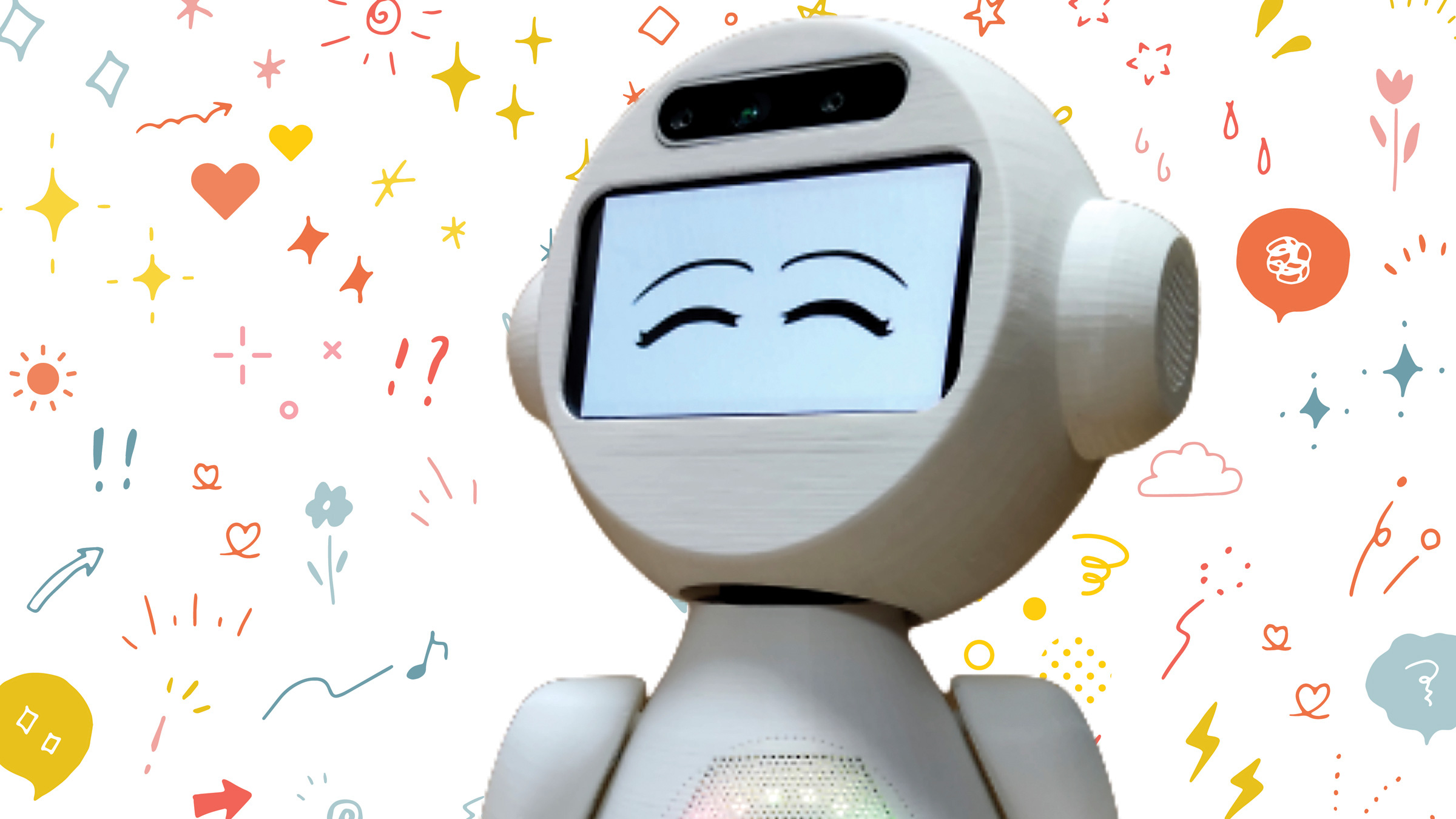Latin American countries face a demographic transition to an aging population. The region must take advantage of the demographic dividend created by a larger share of the working-age population before its population ages and the costs of social services experience a notable increase. The adoption of information technology in education can stimulate economic growth while doing so in healthcare can help contain costs and increase quality of life. While traditional robotics have been used for quite a while in schools and to assist medical procedures, such as surgeries, social robots, which emphasize social interaction with users as their main affordance, have recently been developed and increasingly adopted. Traditional robotics has focused on technical aspects such as mobility, control, and sensing. Social robotic technology,6 however, also focuses on human-robot interaction (HRI), which becomes a major concern and raises new research issues such as social behaviors, trust, collaboration, and the synthesis and recognition of verbal and non-verbal behavior.
Social robots can play different roles in education, such as that of a teacher or tutor, and support skill consolidation and mastery by acting as novices.1 Social robots can also promote vocations in STEAM (Science, Technology, Engineering, Arts, Mathematics) as they demand hardware and software skills, besides creativity to program the robot’s behavior. Similarly, social interaction plays an important role in healthcare, either in guiding therapeutic interventions or monitoring health conditions for early diagnosis and treatment assessment.
One important issue that prevents social robot interventions from being widely designed and adopted is financial cost. Social robots are expensive, especially for developing countries, and rarely used in schools or healthcare settings in Latin America. Thus, there is a gap of open source robotics platforms that can be customized to the needs and resources available to the developer and target users.
Socially Assistive Robots (SARs) are a specific class of social robots that aim to support the user through social interaction, through emotional, cognitive, and social cues encouraging development and learning.5 SARs can play an important role in healthcare therapies, as they provide stimuli to users, such as children with autism spectrum disorder (ASD)10 or elderly people with cognitive disabilities.3 Mexico and Brazil have been researching and developing open source SARs in collaborative research projects.
The EVA Social Robot and its Application to Healthcare
The EVA robot, as depicted in the accompanying figure (c), is an open source social robotics platform designed to support research in the field of HRI.4 EVA incorporates several functionalities, such as expressing emotions through its eyes, speech synthesis, voice recognition,2 the ability to control light sensory effects and recognize facial expressions.10 EVA provides a visual programming language and also an XML-based declarative programming language named EvaML.11 Although EVA is an open source robotics platform, it is not always possible to have a fully assembled robot, especially during the process of developing and testing scripts. Therefore, EvaSIM8 is a simulator software that allows interaction scripts to be tested and debugged without a physical robot. EVA has been used to guide therapeutic interventions for people with dementia and assist caregivers in addressing disruptive behaviors.
The FRED (and Frida) Social Robot and its Application to Education
FRED12 is another open source, low-cost, social robotics platform, shown in the figure (b). It uses a flexible software architecture based on the Robot Operating System.9 The robot provides similar functionalities as EVA, can be programmed with EvaML, and can also move using its legs to pose and even dance. To illustrate how the appearance of FRED can be customized, we developed Frida (d). FRED7 also has a digital twin as illustrated in the figure (a). All versions of FRED can be controlled through the Message Queuing Telemetry Transport (MQTT) protocol, which allows the physical and virtual robots to be remotely controlled with similar commands. We intend to collaborate with public schools in the city of Niterói in Brazil to use EVA/FRED/Frida as platforms to teach the students computational thinking and development of educational games using EvaML.
Final Remarks
Robots have become assistive devices capable of improving the physical and cognitive capabilities of human beings through social interaction. But for people to benefit from the use of these devices, especially in developing countries, it is necessary for these robots to be affordable and customizable, thus facilitating its acquisition and application. EVA and FRED are examples of social robotic technologies developed in Latin America with the potential to be extended and applied in several fields. To ensure a social robot can be used in as many applications as possible, it must have a flexible architecture that allows the addition of new components and features. Our current research efforts are focused on proposing and developing open source, low-cost robotics platforms with easily extensible architectures, making them adaptable to different application fields.
Acknowledgments
This work was partially funded by CAPES, CAPES Print, CNPq, FAPERJ, FINEP and Google Research.





Join the Discussion (0)
Become a Member or Sign In to Post a Comment